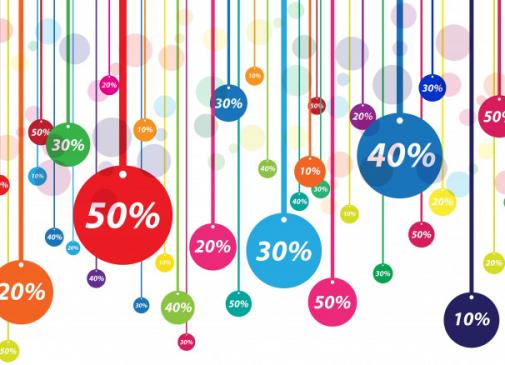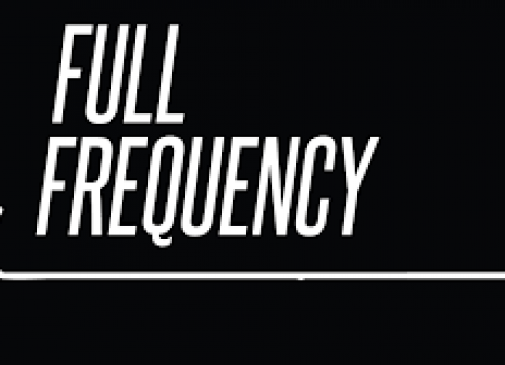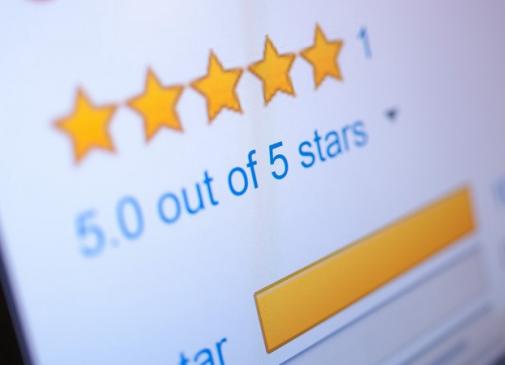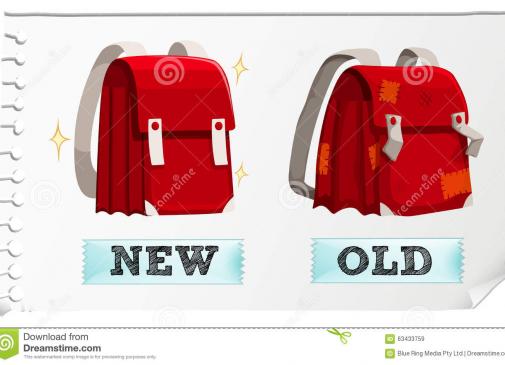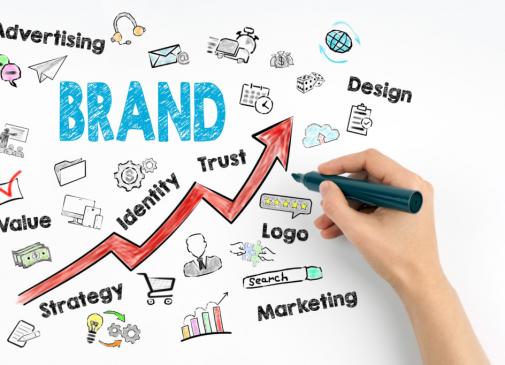One can easily underestimate massive changes that have occurred in the dynamics of the brand-customer relationship in recent years. Brands and consumers are now engaged at whole new levels of familiarity. Social media played their part in that process. Facebook, Twitter, LinkedIn and others have enabled entirely new types of brand community to emerge and develop. According to research, consumers value more these brands that they feel understand their needs and that interact with them as real human beings. Brandfog CEO, Social Media and Leadership Survey from 2012 revealed that a contemporary consumer required direct access to brands and brand ...
One can easily underestimate massive changes that have occurred in the dynamics of the brand-customer relationship in recent years. Brands and consumers are now engaged at whole new levels of familiarity. Social media played their part in that process. Facebook, Twitter, LinkedIn and others have enabled entirely new types of brand community to emerge and develop. According to research, consumers value more these brands that they feel understand their needs and that interact with them as real human beings. Brandfog CEO, Social Media and Leadership Survey from 2012 revealed that a contemporary consumer required direct access to brands and brand leaders. Furthermore, there exists a direct link between social media participation, purchase intent and increased brand loyalty.
All marketing and communication experts agree as to one thing: they are not as powerful as they used to be as customers seize control of the brand through the social media. Some marketing buffs claim that marketers should hand control of their firm's brand over to their engaged customers. Others agree that consumers can have a real impact on the brand perception, yet a company will forever control its brand. The truth is that nowadays a brand has more than just one owner, with the firm and its marketing team owning the logo, the usage and the promise, and the consumer owning the perception.
Control freaks not welcome
Given the fact that customers are rapidly gaining power, their definition of what they view as "acceptable interaction" with a brand is transforming. Moreover, consumer location is also changing, with multiple channels of interaction available to them at all times. Consumers have more power due to the growing popularity of social media; now they can have a real contribution to the discussion on the brand. Furthermore, their voice is heard by the brand owners and other consumers. Customers can no longer be made to listen to the brand message. They are free to flip through channels if they do not fancy watching TV ads, block online banner ads and ignore the unwanted content whenever necessary. The days where marketers could control almost every aspect of the brand are definitely over.
Have a heart-to-heart with your consumer
More power means higher expectations as to the interaction with the brand. Consumers want it to resemble a genuine conversation, as if they were chatting with a good mate and not a corporate team composed of hundreds of individuals scattered around the world. A firm must speak in a unified voice across a wide spectrum of touchpoints such as social networks, call centers and emails. Keeping records of previous conversations will help respond to consumer’s needs faster and better. Bearing in mind that these real-time conversations require the ability to respond quickly to the consumers' needs or queries, brands cannot waste days on honing and polishing their responses or getting a sign-off for the conversation. Importantly, products or consumer groups can no longer be the basis for message broadcasting. Existing levels of targeting, which are rooted in demographic groups and not individuals are not good enough either. Today's customers demand messages which are relevant to them personally and tailored to their individual needs.
Familiarity brings contempt?
But the biggest challenge facing brands may be identifying boundaries in terms of customer intimacy. In other words, when close becomes 'too close'? A friendly conversation with consumers can turn into a meaningless chit-chat if nobody draws the line. Also, it is in the brands' own interest to avoid becoming too familiar and lose their appeal as something intriguing and worth exploration. Creating this sense of overfamiliarity can be potentially harmful to the brand. Faking close relationship is a real turn-off for most customers. It happens when the brand has become too familiar with its target demographic and approaches them like a good friend. Majority of people dislike this type of approach. Furthermore, over-familiarizing the brand through social media makes it simply boring. Sure, brands should come up with things that their target demographic identifies with, but if they keep on harping on the same string their message becomes literally sleep-inducing. True, consumers will identify with the brand, but the message predictability may in the long-term become counter-productive as consumers grow immune to a constantly repeated subject. What is the best approach to adopt? Creating a relationship with consumers through social media that is professionally personal. Briefly, it is best to treat consumers as if they were your colleagues from work. Such mutually rewarding relationship is based on respect for other peoples' need for privacy.
Hurry up or lose
Recent years brought changes which force the brands to respond to consumers much faster than they used to. According to surveys, 42 percent of consumers now expect a response to an online query within 60 minutes, and 67 percent demand a response within a day three. In the case when an unanswered query is public (and often a bone of discontent for unhappy consumers) response time longer than that is far from satisfactory. There is a risk that an unanswered query will turn into a real crisis. Also, the number of rivals is constantly growing. With many barriers to entry being now removed, the door opened wide to a number of niche competitors. The latter have one unquestionable advantage: by being smaller and more focused, they are more agile, flexible and relevant to their core consumer groups.
Sources: http://www.brandingstrategyinsider.com; http://www.sociableblog.com; http://www.1to1media.com; www.incitemc.com; Photo: http://www.surefiresocial.com


